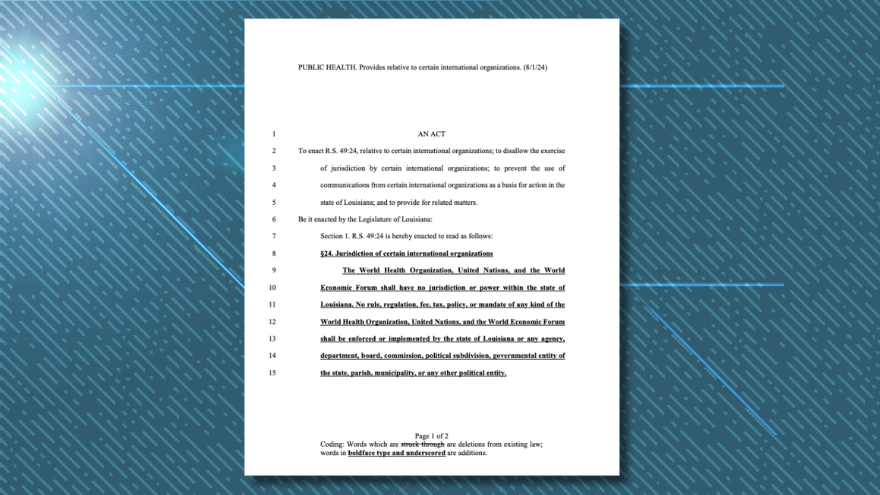Wisconsin schools will be required to include Asian American and Hmong history in their curriculum.
Governor Tony Evers signed into law Assembly Bill 232, which expands the list of ethnicity-specific history K-12 schools must cover. Schools are currently required to include instruction on African American, Hispanic American, and Native American history in their curriculum.
“The Hmong and Asian American communities are a critical part of our state’s history, culture, economy, and our future,” said Evers in a press release on April 4. “It’s important that we celebrate our shared histories and honor the people who help make Wisconsin the state it is today.”
“I’ve been proud to sign several key pieces of bipartisan legislation into law to recognize the contributions Hmong and Asian American folks have made to our state and our country, and this bill builds upon those efforts, ensuring the histories and stories of Hmong and Asian American communities are part of state curriculum for future generations,” said the governor.
The governor’s office said including Asian American and Hmong-specific courses in schools’ curriculums will promote “greater awareness and understanding among Wisconsin students of the histories, cultures, and traditions of these diverse communities in Wisconsin.”
There are just over 368,000 Hmong people in the United States, representing 0.11% of the country’s population. Minneapolis-St. Paul, Minnesota has the largest Hmong community with just over 90,000 people in 2019 according to the Pew Research Center. Roughly 35,000 and 27,000 Hmong people live in Fresno, California and Sacramento, California, respectively. Two Wisconsin cities – Wausau and Sheboygan – had the 9th and 10th largest Hmong populations in any American metropolitan area with 5,000 and 6,000.
Hmong immigrants began arriving in the United States in the 1960s and largely took up residence in northeastern Wisconsin.
PBS News reports:Hmong are an ethnic group from Southeast Asia with a specific culture and language. In the 19th century, to escape imperialism, they migrated from southern China to the mountainous regions of Laos, Vietnam and Thailand.
During the Vietnam War, the CIA covertly recruited and trained Hmong soldiers in Laos to fight in support of U.S. forces against the North Vietnamese and the communist Pathet Lao. The operation became known as the Secret War.
After the withdrawal of U.S. forces and triumph by the communist forces, Hmong were persecuted by the victors and forced to flee their homeland. Many spent time in refugee camps in Thailand before they were resettled in Australia, France, Canada, Germany and the United States.
Evers issued a proclamation on March 26 declaring April Hmong Heritage Month.
“Thousands of Hmong people courageously fought alongside Americans during the Vietnam War, and many were ultimately forced to flee their native lands and resettle in communities throughout the United States, including Wisconsin,” Ever wrote. “Hmong Americans have lived in Wisconsin for more than four decades and have greatly contributed to the state’s rich history, culture, economy, and public service.”

